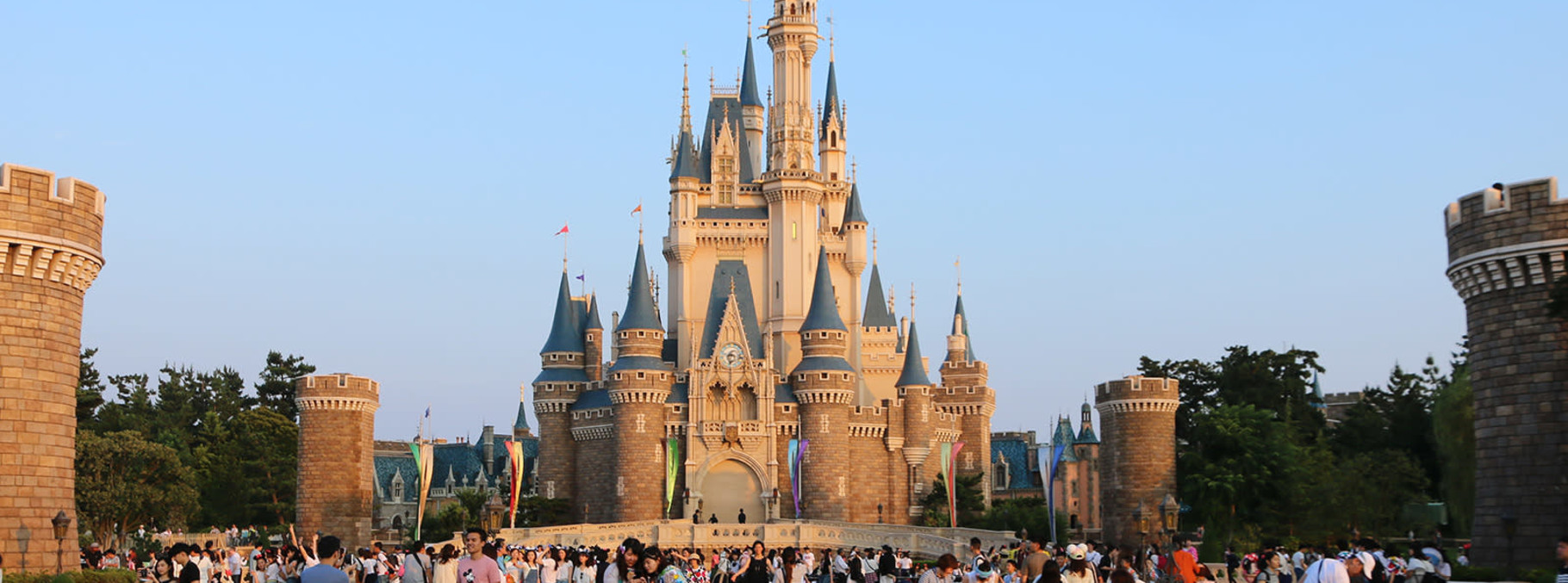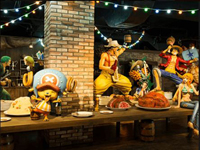Takamuro Suikoen


(Source: https://pixta.jp/photo/21302880)
Museum where you can learn about traditional lifestyle
In the park, there are various museums where you can visit for free such as the "museum of everyday articles" and "museum of agricultural articles." Here many agricultural articles from the period when people used to live in the"Nambu Magariya" house are exhibited. That's why it's the place where you can learn about how people used to live in Tono a long time ago.

(Source: 崖友会掲示板)
Restaurant where you can taste specialties
In the park, there are two restaurants available. At Restaurant Seiryutei near the reception, you can taste local cuisine, unrefined sake called doburoku and ice cream made of doburoku. At Jingisukan Me-me Tei near "Nambu Magariya" house, you can enjoy lamb barbecue which is a local specialty of Tono.

(Source: たかむろ水光園)
Quasi-natural hot spring bath that is good for the environment
The hot spring bath in Takamuro Muzukoen is an artificial bath. Its water is heated by solar energy. Not only is this quasi-natural hot spring good for the environment, it is also famous for making the skin smooth, especially among women (Entrance fee: adult 540 yen, Elementary and junior high school students 320 yen)

(Source: たかむら水光園)
Popular accomodation
In Takamuro Suikoen, you can stay at the normal Japanese traditional style hotel, but I recommend you to stay at the old house called Nambu Magariya, built in the typical architectural style of this region. In addition to the charming building from outside, you can see a hearth inside. It feels as if you traveled back in time in ancient Japan.

(Source: 思いつくまま旅記録JGC)

(Source: https://pixta.jp/photo/21302880)
Museum where you can learn about traditional lifestyle
In the park, there are various museums where you can visit for free such as the "museum of everyday articles" and "museum of agricultural articles." Here many agricultural articles from the period when people used to live in the"Nambu Magariya" house are exhibited. That's why it's the place where you can learn about how people used to live in Tono a long time ago.

(Source: 崖友会掲示板)
Restaurant where you can taste specialties
In the park, there are two restaurants available. At Restaurant Seiryutei near the reception, you can taste local cuisine, unrefined sake called doburoku and ice cream made of doburoku. At Jingisukan Me-me Tei near "Nambu Magariya" house, you can enjoy lamb barbecue which is a local specialty of Tono.

(Source: たかむろ水光園)
Quasi-natural hot spring bath that is good for the environment
The hot spring bath in Takamuro Muzukoen is an artificial bath. Its water is heated by solar energy. Not only is this quasi-natural hot spring good for the environment, it is also famous for making the skin smooth, especially among women (Entrance fee: adult 540 yen, Elementary and junior high school students 320 yen)

(Source: たかむら水光園)
Popular accomodation
In Takamuro Suikoen, you can stay at the normal Japanese traditional style hotel, but I recommend you to stay at the old house called Nambu Magariya, built in the typical architectural style of this region. In addition to the charming building from outside, you can see a hearth inside. It feels as if you traveled back in time in ancient Japan.

(Source: 思いつくまま旅記録JGC)






